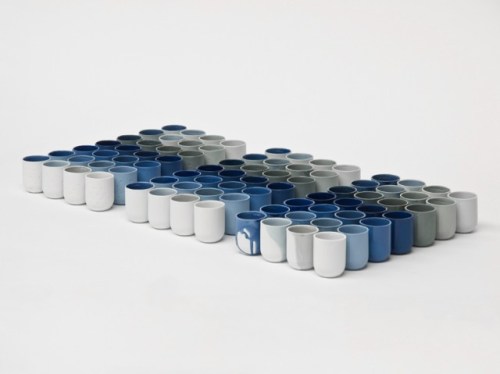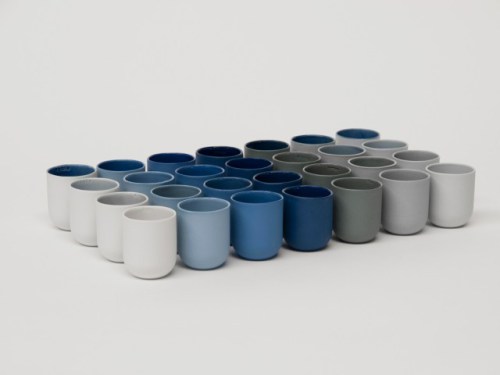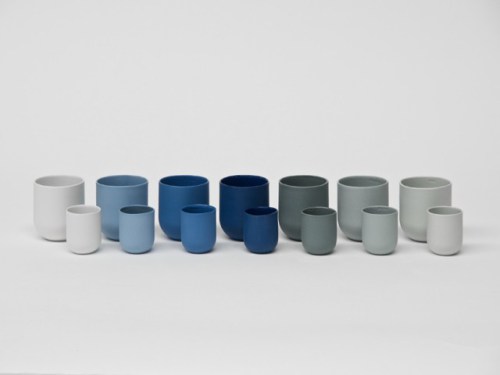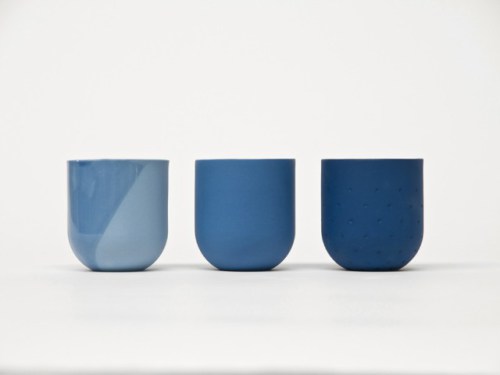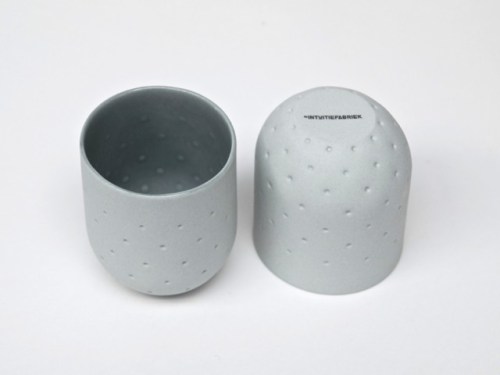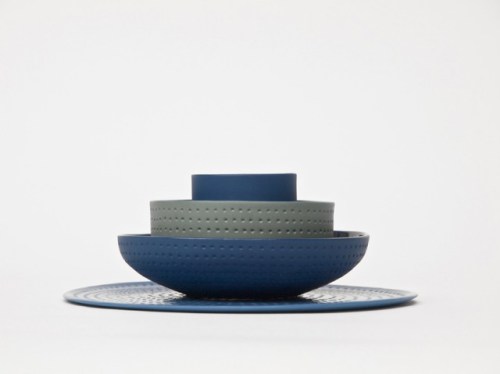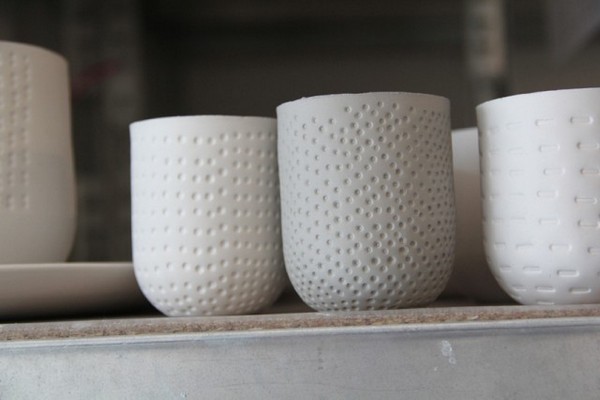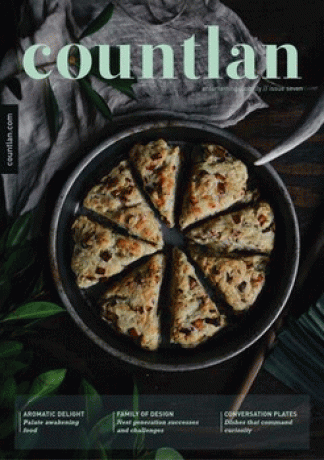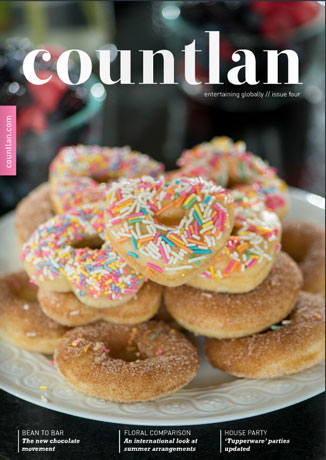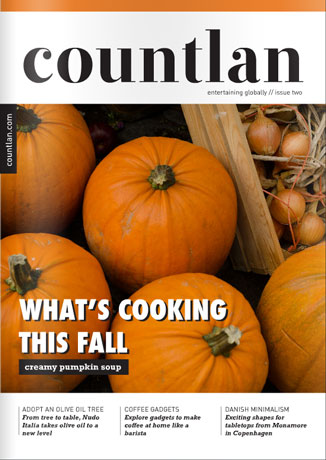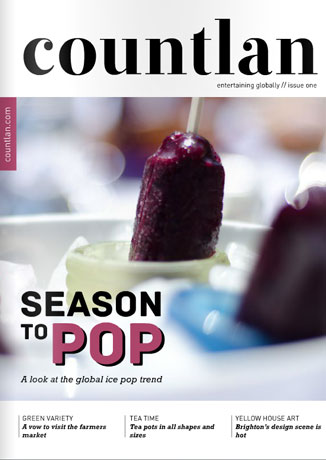
July 5, 2013
Price by Process is the Sum: de Intuitiefabriek
In 2012, the women behind the Dutch design collective, de Intuitiefabriek, came up with a neat mix and match series of tableware called ‘SUM. SUM is a colorful collection of porcelain cups, bowls and plates that takes a smart, yet unconventional approach to pricing in the tableware world: The price for objects is influenced by the production process, colour and details of each piece.
The idea behind SUM is you can build your tableware set at various price points depending on which option of cup, bowl or plate you select.
During their presentation at the Dutch design week last year, the team behind SUM questioned how prices were determined and how they can better be communicated to the consumer by designing work within three price categories. With a group of designers we made the exhibition “Objects for Sale”.
{Background: OBJECTS FOR SALE’s 2012 Design Challenge- The challenge was to create more affordable concepts. Within Objects for Sale we question how product prices are determined and how they can be better communicated to the consumer, the idea to “open the books” showing the breakdown where the prices and calculations are based on, thus giving total insight in the design and production process. The eight participating design studios broke from the norm to clarify the design process placing it within three price categories (<€50, €50-500, >€500) that address different budgets. Each choice within the process has a direct influence on the final design and the bottom line.}
Amba Molly from De Intuitiefabriek shares her insights on the pricing challenge for “SUM”-
“For our project SUM, we looked at the production process of porcelain and determined every action in this process has direct influence on the final result and price. Things like amount of work, colour and size of the object were the main determinants of price. Within this concept we created three categories: A,B and C: Category A stands for the most detailed group of objects and Category C includes those with the less work and details. The colors range from white (WO) to dark grey (G) and dark blue (B) and the more pigments used on a piece, the higher the price of the object.”

